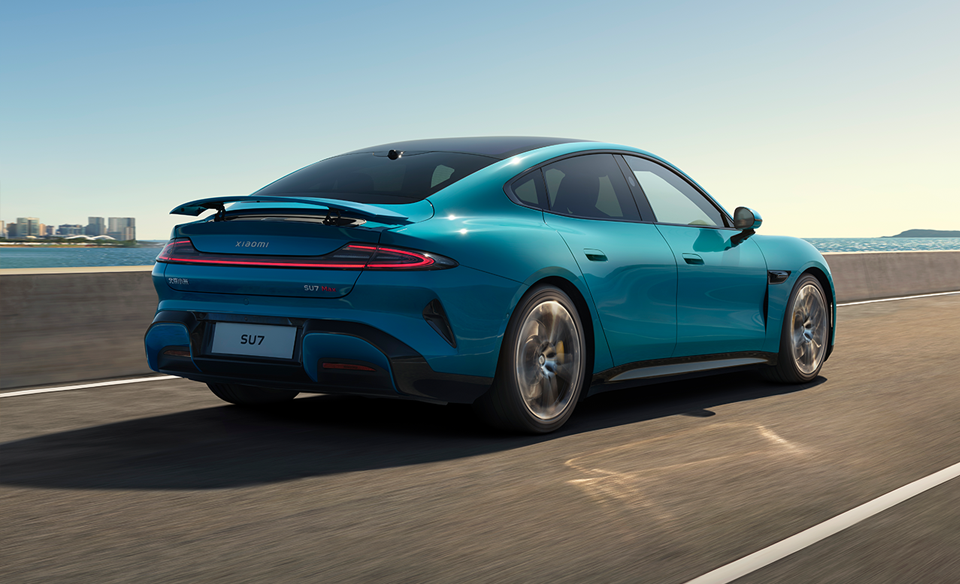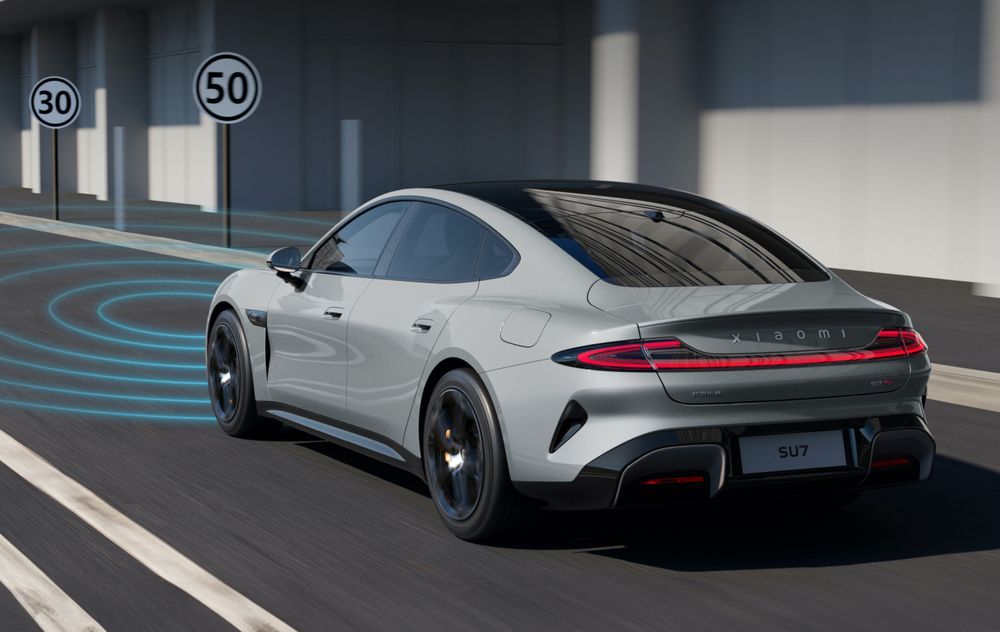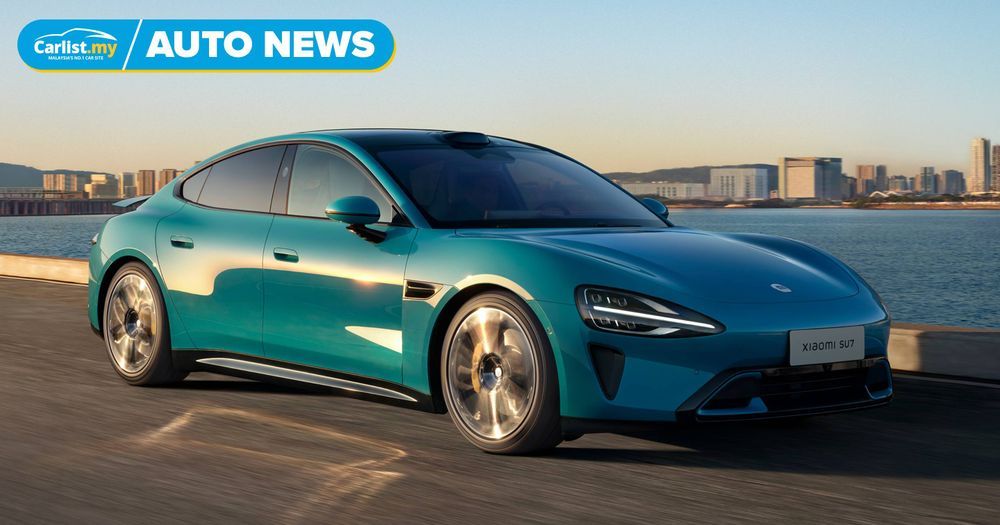Xiaomi has officially launched its much-anticipated SU7 sedan in Beijing yesterday, marking a significant leap into the electric vehicle market from a brand that we associate most of all with smartphones and consumer electronics.
With prices ranging from 215,900 to 299,900 Yuan (approximately RM142k to RM196k) and scheduled deliveries set to commence by the end of April, the Xiaomi SU7 is offered over 3 variants positioned to both undercut and outperform the venerable Tesla Model 3.
Sure, this all does sound a little familiar, but what novel tactics does Xiaomi bring to their newfound EV offensive?
Ambitious Industry Benchmarking
They’ve certainly been ambitious with their choice of adversary, especially given its the company’s first foray into EVs. Several prominent ‘Model 3 killers’ have spawned in the wake of the American EV maker’s entry-level sedan release such as the BYD Seal, Nio ET5, Xpeng P7, and the ORA 07 to name a few.
Yesterday’s launch event was hosted by Xiaomi co-founder Lei Jun who openly expects the SU7 to match the Porsche Taycan Turbo S in its most performance-oriented variant. He also acknowledged that, at these prices, each car would be sold at a loss (Tesla’s Model 3 starts at 245,900 yuan or roughly RM161k in China).
Adding a measure of prestige to the occasion was former BMW Group Chief of Design, Chris Bangle, who took the stage to commend the SU7, the development of which he was involved with as a consultant to Xiaomi Auto Design, and endorsing its suitability for European markets.

Impressive Specification
The SU7 is manufactured in Beijing by BAIC, a state-owned automaker and the country’s 6th-largest. Three powertrain variants will be offered, catering to different preferences and driving requirements. Kicking things off is the SU7 Standard featuring BYD’s LFP Blade battery with a capacity of 73.6 kWh. The top-tier Max Performance version, meanwhile, is equipped with a 101 kWh CATL Qilin battery.
|
|
SU7 Standard |
SU7 Pro |
SU7 Max Performance |
|
Price |
215,900 Yuan |
245,900 Yuan |
299,900 Yuan |
|
Battery Model |
BYD LFP Blade |
CATL Shenxing |
CATL Qilin |
|
Battery Capacity |
73.6kWh |
94.3kWh |
101kWh |
|
Range |
700km (CLTC) |
830km (CLTC) |
800km (CLTC) |
|
Drive Layout |
Single Motor, RWD |
Single Motor, RWD |
Dual Motor, AWD |
|
Power |
299PS |
299PS |
673PS |
|
Torque |
400Nm |
400Nm |
838Nm |
|
0-100km/h |
5.28s |
5.7s |
2.78s |
|
Top Speed |
210km/h |
210km/h |
265km/h |
|
ADAS |
Xiaomi Pilot Pro |
Xiaomi Pilot Max |
Xiaomi Pilot Max |

The SU7 also boasts advanced driver-assistance systems (ADAS), offering two distinct options: Xiaomi Pilot Pro and Xiaomi Pilot Max. These systems leverage Nvidia Drive Orin chips with up to 508 teraflops of compute power to enhance safety and performance on the road. Additionally, the sedan supports Apple CarPlay and native iPad connectivity and accessory support.
Inside, the SU7 looks modern and minimal, quite typical of the many EVs currently out there. There are ample storage solutions, including some interesting inbuilt compartments for laptops, smartphones, and even refrigerators. The vehicle’s roomy interior, coupled with its Modena platform, ensures a refined experience while on the move.

Human x Car x Home
With the launch of the SU7, Xiaomi is shifting to what it calls the ”Human x Car x Home” smart ecosystem, with a strong emphasis expectedly on automobiles and their integration into the lives of their owners.
Co-founder Lei Jun declared the completion of this ecosystem with the addition of the Xiaomi EV, saying it facilitates collaboration and among individuals, devices, and services, with over 200 product categories seamlessly integrated across platforms and operating systems, delivering personalised intelligence through Xiaomi HyperMind’s AI capabilities.
Collaborating with industry partners, Xiaomi aims to make its ecosystem more inclusive and human-centered. Lei Jun sees Xiaomi’s entry into the automotive industry as a significant milestone, reflecting deep investment in core technologies and signaling the company’s evolution in intelligent manufacturing. He envisions Xiaomi EVs becoming commonplace worldwide, marking a new era for Xiaomi.
Deliveries of the Standard and Max versions slated to begin in late April 2024, followed by the Pro version by the end of May. No word yet about when a wider global will begin, but our fingers are crossed that Malaysia isn’t too far down that list.
